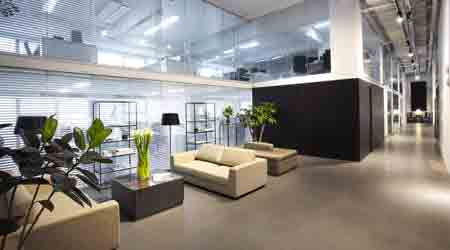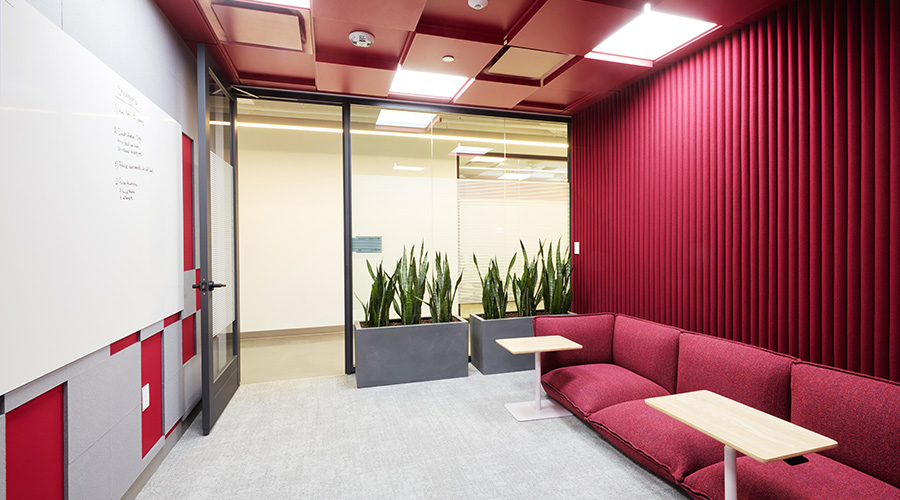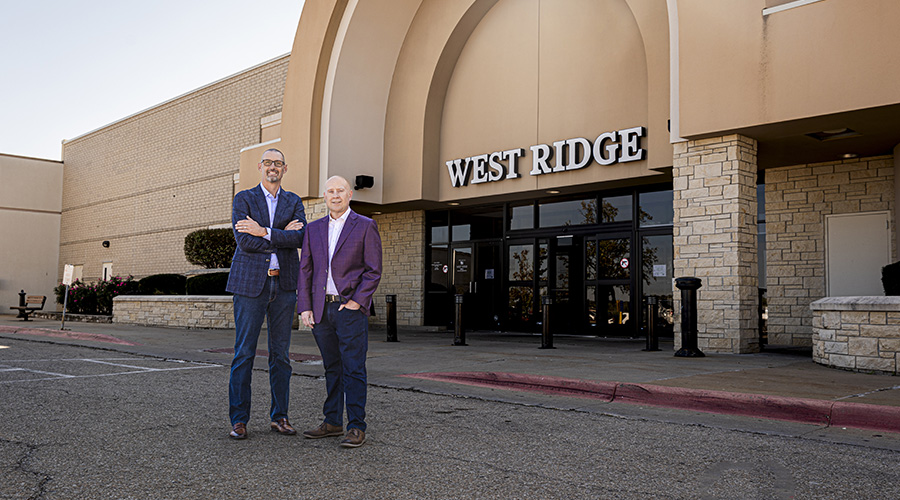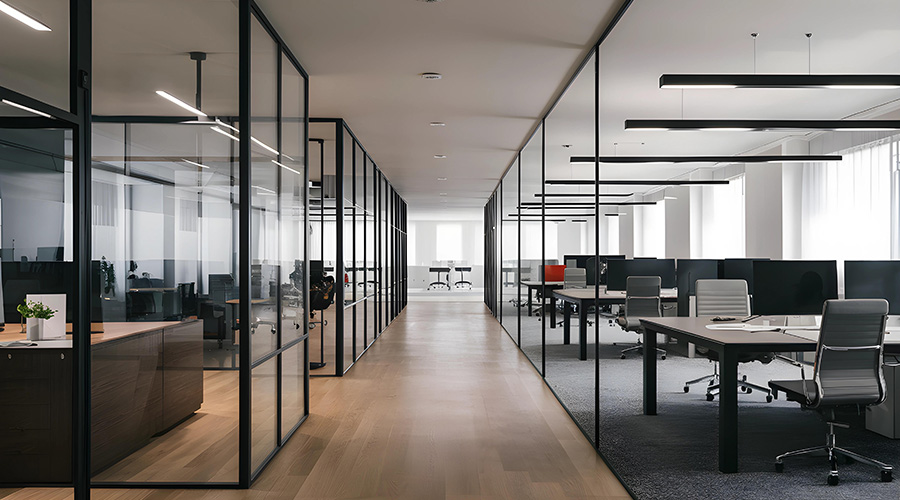Last of a 4-part article on how to improve the physical work environment to increase employee satisfaction and productivity
The developing Internet of Things may offer comfort to office workers and savings to building owners.
“Buildings already have tons of sensors that don’t communicate very well,” says David Lehrer of the Center for the Built Environment, and major players in the building systems industry build proprietary software that doesn’t communicate with other systems. But he suggests there is room for disruption of that model. If those barriers could be removed, perhaps occupancy sensors could tell the energy-intensive ventilation systems in a lab to power down when the space was empty.
Lehrer cites one app on the market that allows workers to use their phones to report their locations and whether they feel hot or cold. If enough people in a participating building request it, the thermostat adjusts accordingly.
Adam Stoltz, regional leader of consulting for HOK New York, suggests that a building system could be tied to the entry badge a worker swipes to get in, sending automatic reminders to coworkers of upcoming meetings, or perhaps even turning on the coffee machine. In the mobile workplace, desk phones could sense a worker’s presence by his or her badge and automatically route calls to a particular desk for the day.
Also, occupancy sensors could talk to the HVAC system to adjust heating and cooling levels. For example, mobile workers who choose their desks on a daily basis may decide to sit in an area that is warmer or cooler, whether by chance or design. When perhaps only 60 percent of workers are in the office on any given day, “systems to heat and cool often don’t account for that,” Stoltz says. He adds, “there are real sustainability implications, not just occupants’ comfort.”
Alan Hedge, director of the human factors and ergonomics laboratory at Cornell University, envisions a system that could anticipate a worker’s arrival and prepare a work station for him or her, including desks and chairs custom-adjusted to their preferences. “If people are allowed to talk to and control the Internet of Things, it will be advantageous,” he says. “If they’re shut out, it will be no help at all.”
— David Lewellen















